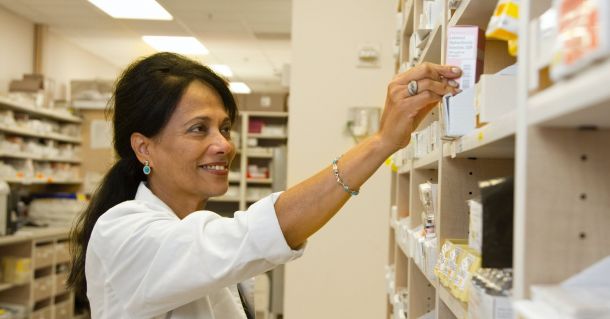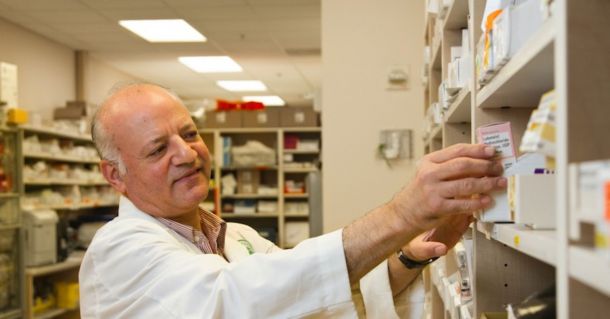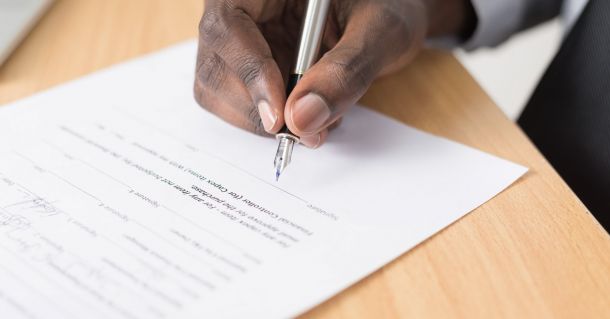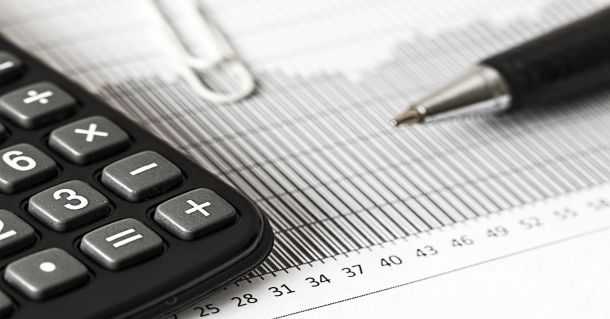How to Read a Balance Sheet for an Independent Pharmacy

First Financial Bank
There are several advantages to buying an existing pharmacy, such as the availability of the sales history for prescriptions, OTC, and other items leveraging the existing infrastructure and patient base, including inheriting the potential goodwill and reputation of the business.
But don’t fall in love with the business before you do your due diligence. What do the numbers say about the pharmacy – and is it worthwhile to invest your time, dollars, and energy into it? There are a variety of financial statements/reports you’ll want to use in evaluating the financial health of the business – including the balance sheet.
What is a Balance Sheet?
The balance sheet looks at a specific point in time, documenting what resources are available and how they were financed for the pharmacy:
- The balance sheet gives information on assets, liabilities, and owner’s (or owners’) equity. The basic formula is Assets=Liabilities + Equity.
- Some of the important elements include totals for cash on hand, accounts receivable, short-term investments, property costs/maintenance, employee costs, equipment, inventory (both retail and your prescriptions), and other significant liabilities.
- A balance sheet should always balance, meaning that assets should equal liabilities plus owners’ equity. Owners’ equity should equal assets minus liabilities.
How to Read a Balance Sheet
The balance sheet provides significant insight into the independent pharmacy’s fiscal health. What are the different sections of a balance sheet? A balance sheet has three sections: assets, liabilities, and equity:
1. Assets
Assets are anything owned by the business that could be converted into cash or “liquidated”. Assets are typically thought of as positives on the balance sheet (though there are such things as “contra assets”) and are divided into current and noncurrent or “fixed” assets.
- Current assets, such as cash, marketable securities, inventory, and accounts receivables, can be converted into cash within a year.
- Noncurrent (“fixed”) assets, such as real estate (if you own the store and/or land it sits on), equipment, and trademarks, are not expected to be converted within the year.
2. Liabilities
Liabilities are what a company owes, are obligated to pay, and are an inverse of the assets. These are tallied against the balance sheet. Liabilities are also current or noncurrent.
- Current Liabilities include wages payable, debt financing, rent, utilities payable, accounts payable, and other costs.
- Noncurrent (or “Long Term”) Liabilities are ones not due within a year could be obligations for future products or services, leases, loans, deferred tax liabilities, and bonds payable.
3. Owner’s/Owners’ Equity
The owner’s (or if more than one, then the owners’) equity is what remains when you subtract liabilities from assets. In summary, owner’s equity is anything belonging to the business owners after any liabilities are accounted for.
In addition to the balance sheet, there are other financial statements/documents that are important in assessing the viability of any business you may want to purchase:
- Profit and Loss Statements (also known as Income Statements) provide more information about how the pharmacy is doing over a period of time. This statement shows the net earnings or losses; in other words, it demonstrates how the business may be profitable.
- Cash Flow Statements look at the money going in and out of business. It can help you assess whether the pharmacy generates enough cash to pay its expenses. The cash flow statement includes information on any short or long-term investments, financing (loans), and operating costs (the discrepancy between whether the gap between expenses and income is growing).
Assessing an Independent Pharmacy Using the Balance Sheet
But there is more to consider than the balance sheet or other financial statements. You’ll also want to consider the following:
- What is the history of the business? This could include how long they’ve been in business (under this owner and/or prior ones). The tenure of the other employees (pharmacists or other staff). The history of any updates to the infrastructure (building, equipment, etc.).
- How viable is the location? Looking at the customer base, including whether it has the potential to grow (or not). Looking at the walk or drive-by traffic for patterns that could be positive for the business – or may have changed over time. Identifying potential prospective partners (medical practices or long-term care facilities nearby) in the neighborhood.
- Who are they to their neighborhood? Examining the pharmacy’s reputation, its personnel, and its commitment to customer service can be important in assessing value.
Use all the resources at hand, including the balance sheet, to make an informed and practical decision you can be confident in.
Want to talk about your business plans? Let’s chat!

What Do You Need to Know to Buy a Pharmacy?

Pharmacies For Sale: What You Need to Know


